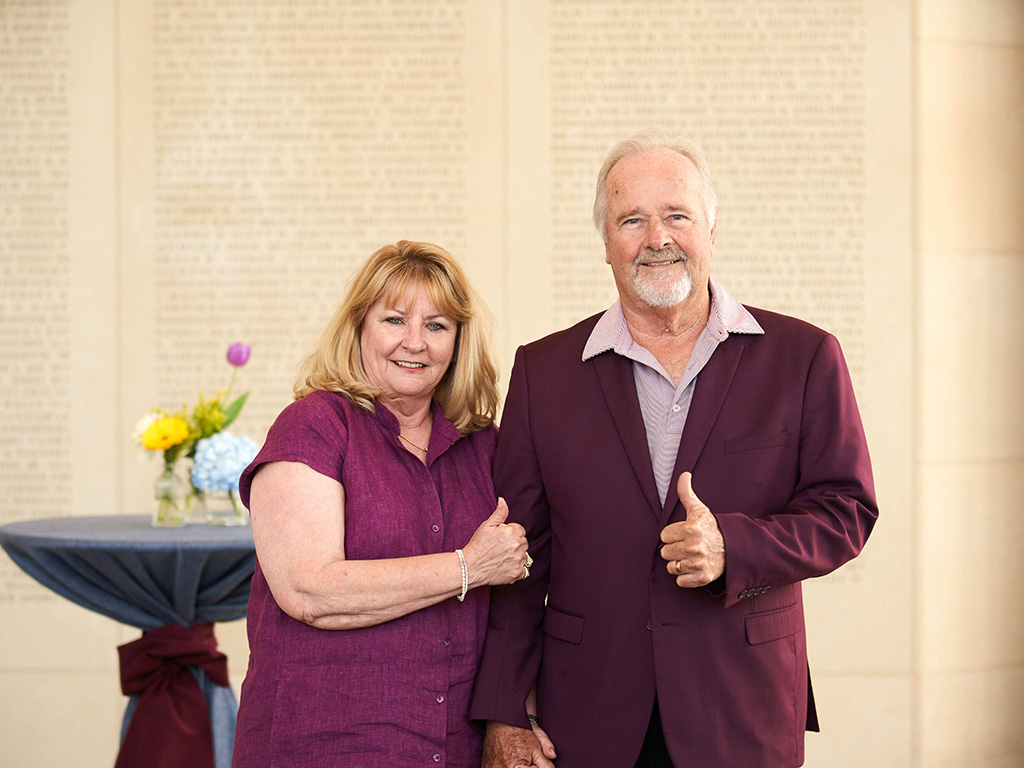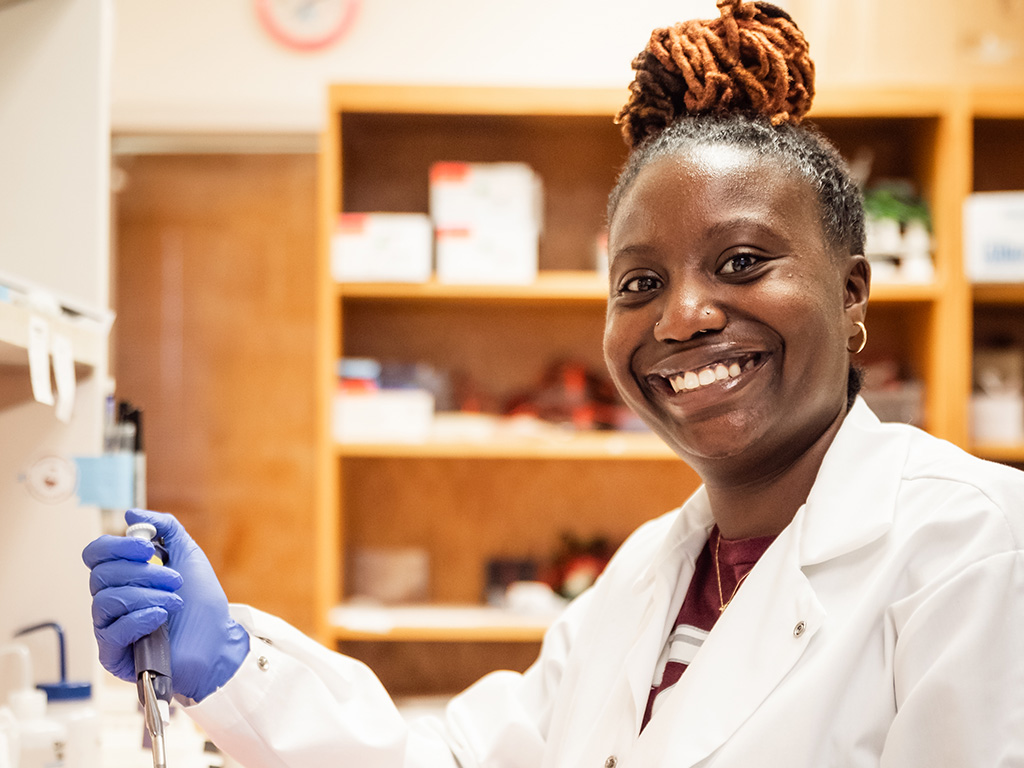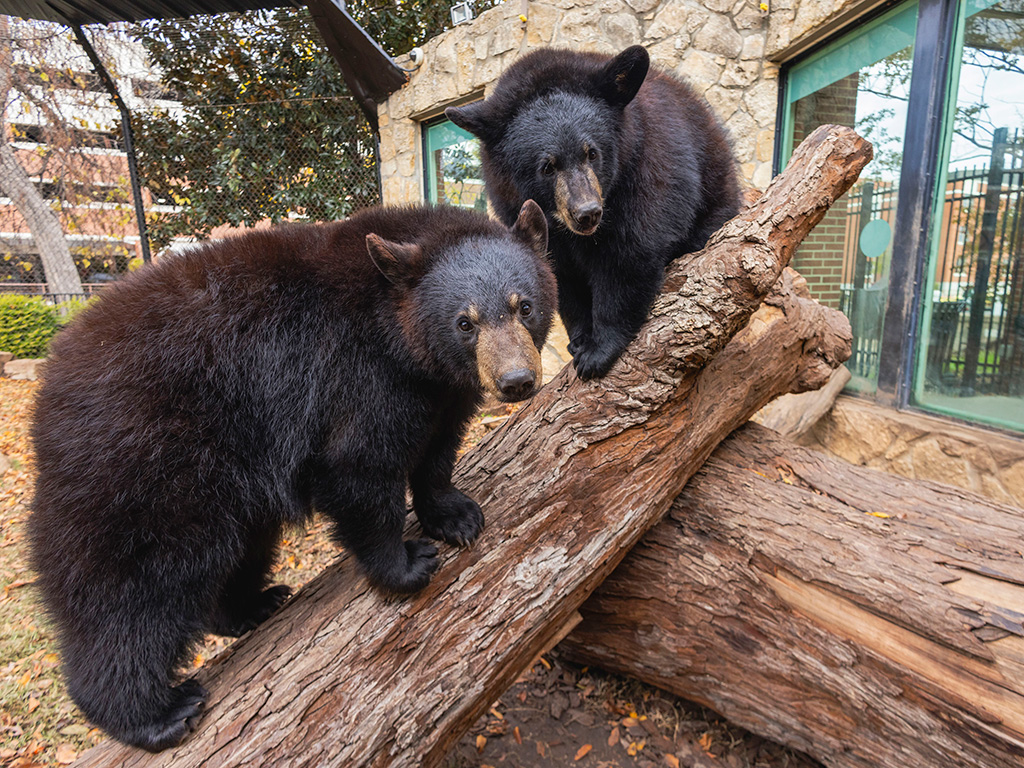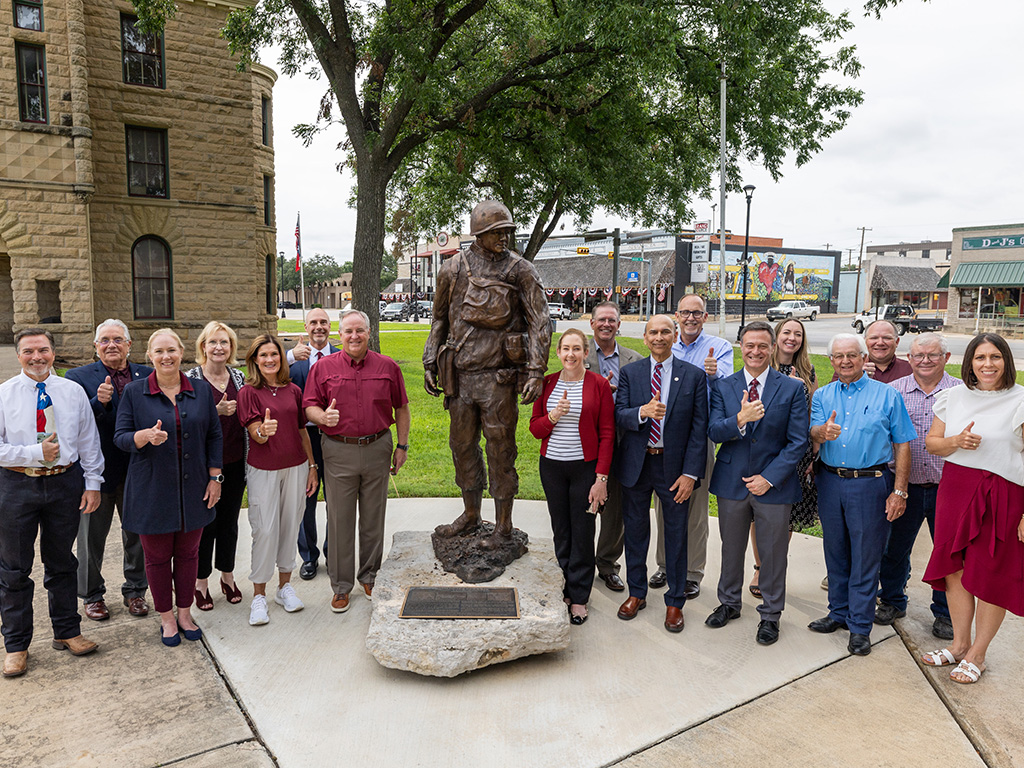VMBS Expands Hands-On Education For Aggie ACHIEVE, BIMS Students
Story by Courtney Price, VMBS Marketing & Communications
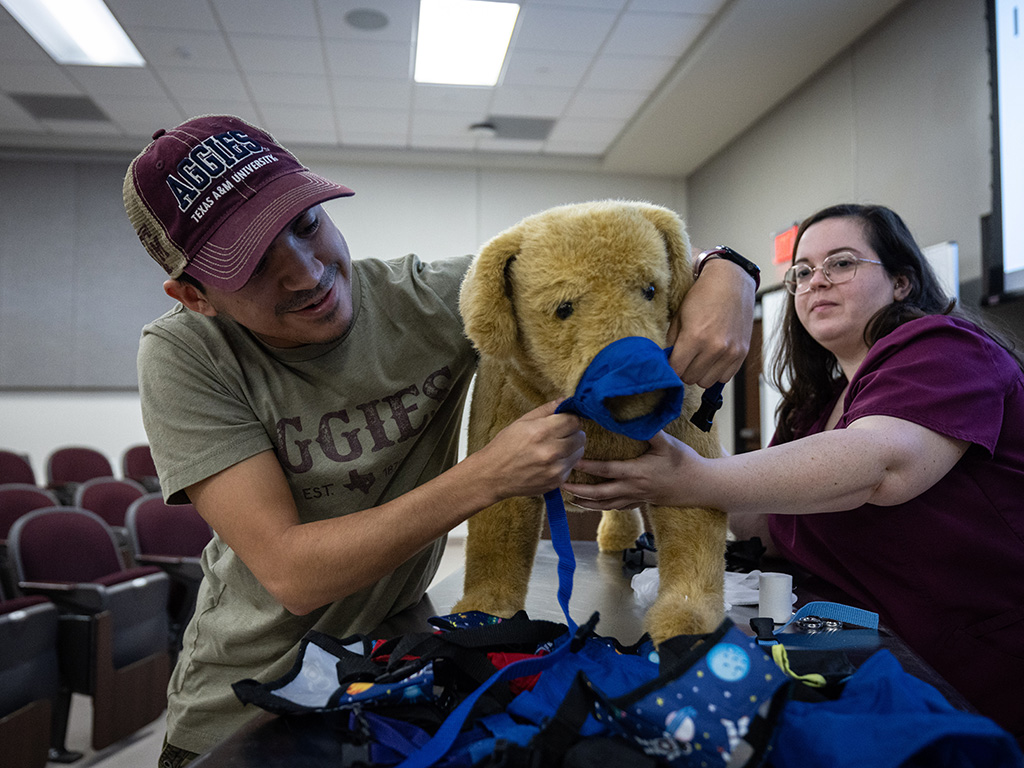
Two new classes at Texas A&M University’s College of Veterinary Medicine & Biomedical Sciences (VMBS) aim to give students in both the Aggie ACHIEVE program and the biomedical sciences (BIMS) major more experience handling animals before heading into the job market or pursuing further education.
Students participating in Aggie ACHIEVE — a four-year postsecondary program at Texas A&M for young adults with intellectual and developmental disabilities (IDD) — gain job skills, participate in campus activities, and receive a Certificate in Interdisciplinary Studies upon completion of the program.
Many of the VMBS’ more than 2,200 BIMS graduates will go on to successful careers as doctors, veterinarians, pharmacists, dentists, scientists, and other health professionals.
“These two new courses — VTPP 289 for BIMS and VTPP 285 for Aggie ACHIEVE — will allow students to learn important hands-on job skills,” said Mandy Zachgo, a veterinary technician and VMBS staff member who designed and teaches both courses.
“Our goal is to teach students skills that they might need in order to get jobs and internships,” she said. “We also know that not everyone who is interested in animals grows up around them, so these courses give them that experience. Plus, interacting with animals and getting to try handling techniques in class is more engaging for students than listening to a lecture.”
Making Job Skills Accessible
Though the VMBS is most widely known for its Doctor of Veterinary Medicine (DVM) program, its faculty and staff have long prioritized teaching animal-handling skills to non-DVM students.
Dr. James Herman, the associate dean for undergraduate programs at the VMBS and co-instructor of the new classes, was the chair for the university’s undergraduate curriculum committee when Aggie ACHIEVE started, and it was his idea to get the VMBS involved in the program.
This eventually led to the creation of a course called Animals in Society — available to both BIMS and ACHIEVE students — which covers topics such as the history of animal domestication, animal first aid, and working dogs.
“When we first launched Animals in Society, the VMBS was the only veterinary college in the country involved in IDD education,” Herman said. “We’re proud to be leading the way and helping these students demonstrate their curiosity and ability to handle the college learning environment.”
After seeing the success of the Animals in Society class, Herman and Zachgo decided to create a new pair of courses — one designed to teach animal handling to Aggie ACHIEVE students and the other to teach pre-vet skills to BIMS students.
“The original Animals in Society class really helped inspire a passion for working with animals in many of our Aggie ACHIEVE students,” Zachgo said. “But they were running into roadblocks when it came to applying for internships at veterinary clinics because they didn’t have enough practical experience.
“We decided to launch a new class that would teach basic animal-handling skills and even things like office management that would help them get jobs,” she said.
To make it easier for potential employers to understand the job skills covered by the course, each ACHIEVE student receives a clinical skills completion checklist at the end of the semester.
“The checklist verifies that students have been trained in skills like feeding and caring for animals, preventing the spread of disease, using personal protective equipment, and practicing the workplace etiquette used in veterinary clinics,” Zachgo said. “The goal is to prepare them for a veterinary assistant-type role.”
Thanks to the new course, ACHIEVE students have already experienced success with finding employment and putting their skills to use.
“We have one student who works at the Aggieland Humane Society,” Zachgo said. “Every week, she comes to me and shares the new skills she got to use at her job.”
Providing A Foundation For Veterinary Medicine
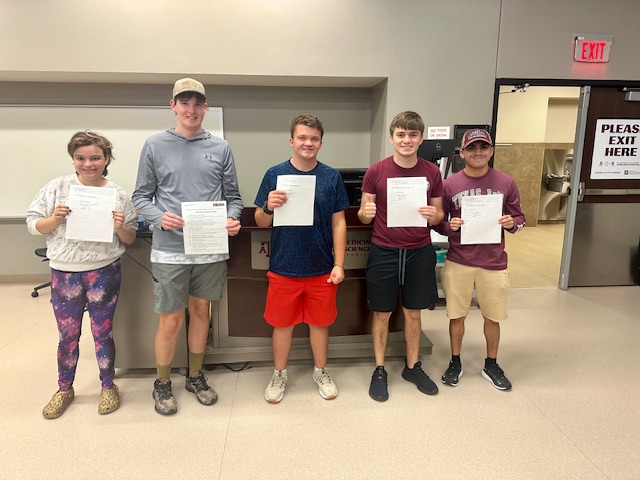
The new BIMS course provides a solid foundation for students who want to get internships or continue their education in veterinary medicine or animal science.
“In addition to getting their own clinical skills completion checklist, they also complete Fear Free certification during the class,” Zachgo said. “This certification teaches veterinary professionals how to reduce stress and anxiety for pets.”
Even for BIMS students, having credentials from Texas A&M can make a difference in their ability to get internships at veterinary clinics and hospitals.
“Many of these clinics consider freshman and sophomore college students the same as high school students in terms of practical skills,” Zachgo said. “Receiving training at the VMBS, combined with a professional certification, helps clinics to see undergraduate students as true pre-professionals.”
###
For more information about the Texas A&M College of Veterinary Medicine & Biomedical Sciences, please visit our website at vetmed.tamu.edu or join us on Facebook, Instagram, and Twitter.
Contact Information: Jennifer Gauntt, Director of VMBS Communications, Texas A&M College of Veterinary Medicine & Biomedical Sciences, jgauntt@cvm.tamu.edu, 979-862-4216
You May Also Like

